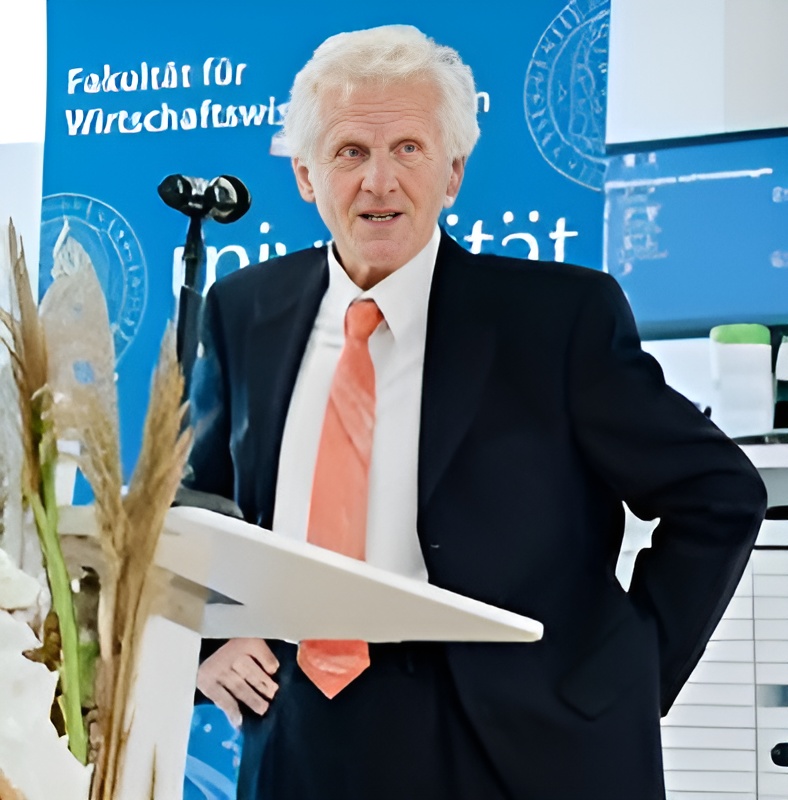
Puduru Viswanadha Reddy
Indian Institute of Technology Madras
India
Dynamic Games and Applications Seminar
Guaranteed cost equilibrium in infinite horizon linear-quadratic differential games
March 7, 2024 11:00 AM — 12:00 PM (Montreal time)
In this work, we study infinite-horizon linear-quadratic differential games with an output feedback information structure. Our motivation for studying these games arises from their applications in engineering, where players may lack access to complete state information. For example, in a large-scale networked multi-agent system, agents may only possess information about their neighboring agents. In the literature, sufficient conditions for the existence of output feedback Nash equilibria are closely related to solvability of a set of coupled algebraic Riccati equations, with the requirement that these solutions admit certain structural conditions. fulfilling these conditions poses a significant challenge, even in low-dimensional games. Given these limitations, a natural question arises regarding the existence of a broader class of output feedback strategies that adhere to an equilibrium property. Here, ‘broader’ implies that this expanded set of strategies, if it exists, encompasses the output feedback Nash strategies. To address this problem, we introduce the concept of an output feedback guaranteed cost equilibrium. These strategies not only ensure that individual costs remain bounded by a predefined threshold (a design parameter) but also maintain an equilibrium property. The design of these strategies utilizes techniques developed for suboptimal static output feedback controllers and employs linear matrix inequality-based methods for computation.

